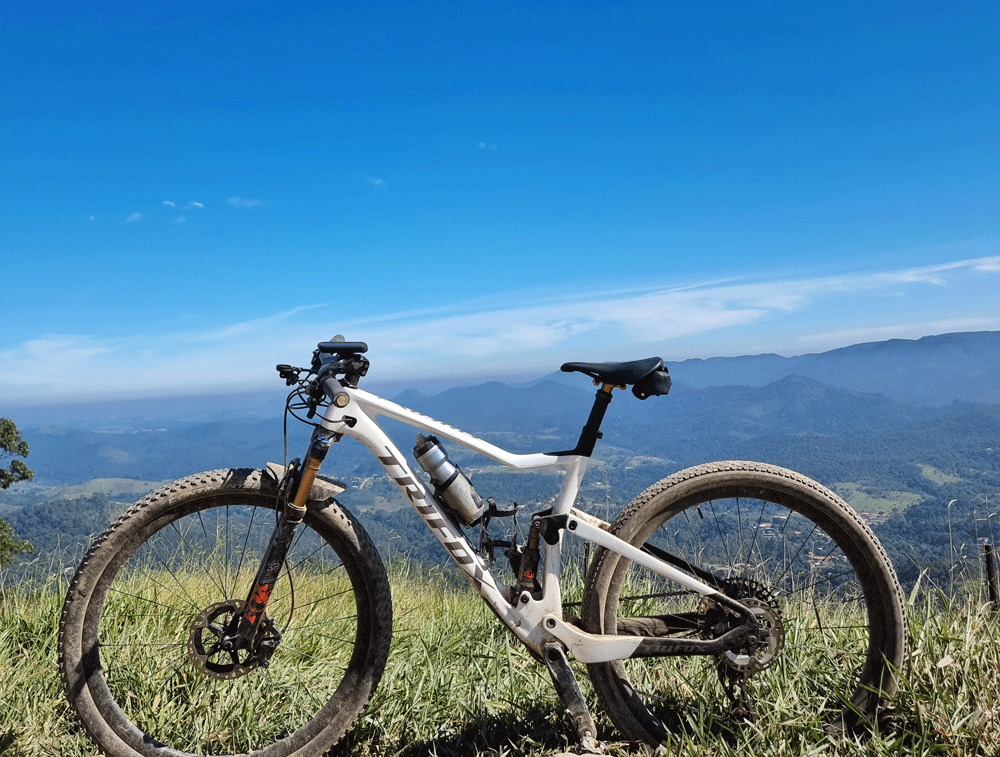
If you're a road biking enthusiast, you know the importance of having a lightweight, durable, and beautiful bike. And when it comes to frames, carbon is the reigning king. The Carbon Road Bike Frame X16 takes that to another level altogether. It's a unique, one-of-a-kind design, blending the beauty of art with the durability of carbon. In this blog post, we will explore why the Carbon Road Bike Frame X16 is a must-have for any serious road biker. 1. The Technology Behind Carbon Frames Carbon frames are made using molds, in a process called 'layup', where carbon fibers are layered to build a frame. Unlike steel or aluminum, carbon is lightweight and durable, making it ideal for biking. The Carbon Road Bike Frame X16 uses a high-grade carbon material that has been tried and tested, and optimized for speed and agility. This guarantees a smooth, comfortable ride with no compromise on speed or performance. 2. The Aesthetics of the Carbon Road Bike Frame X16 Beyond the function of the bike, the visual appeal of the Carbon Road Bike Frame X16 is breathtaking. It's designed to be elegant yet simple, with an eye-catching minimalist look that sets it apart from other frames. The curves and shapes of the frame are not only beautiful but also expertly crafted to enhance the performance of the bike. 3. The Ultralight Nature of the Carbon Road Bike Frame X16 As mentioned earlier, the Carbon Road Bike Frame X16 is one of the lightest bike frames in the market, weighing in at just 850g. This comes with a host of benefits, such as faster acceleration, fewer fatigue-induced injuries, and effortless climbing. The reduced weight also makes the bike easier to transport and maneuver, perfect for those who travel with their bikes. 4. The Durability of the Carbon Road Bike Frame X16 As much as the Carbon Road Bike Frame X16 is lightweight, it's also highly durable. Carbon material is known for its strength and elasticity, which makes it ideal for absorbing shocks and vibrations on rough terrain. Carbon frames do not rust or corrode, and they're highly resistant to scratches and dings. 5. The Value of the Carbon Road Bike Frame X16 Last but not least, the Carbon Road Bike Frame X16 is a valuable investment for any road biker. Although it may seem expensive at first glance, the benefits far outweigh the cost. A lightweight, durable, and beautiful bike frame will save you money in the long run, as you'll have a bike that requires less maintenance, lasts longer, and performs exceptionally well. Conclusion: The Carbon Road Bike Frame X16 is an excellent choice for anyone looking for a lightweight, durable, and beautiful bike frame. The technology used to produce it ensures that it's optimized for speed and agility while being aesthetically pleasing to the eye. Its ultralight design makes it easy to transport and maneuver, while its durability guarantees a long, maintenance-free life. Although it may seem pricey, the cost is worth it, as it provides value for money in the long run. If you're looking for a frame that fuses beauty and performance, then the Carbon Road Bike Frame X16 is an excellent choice.
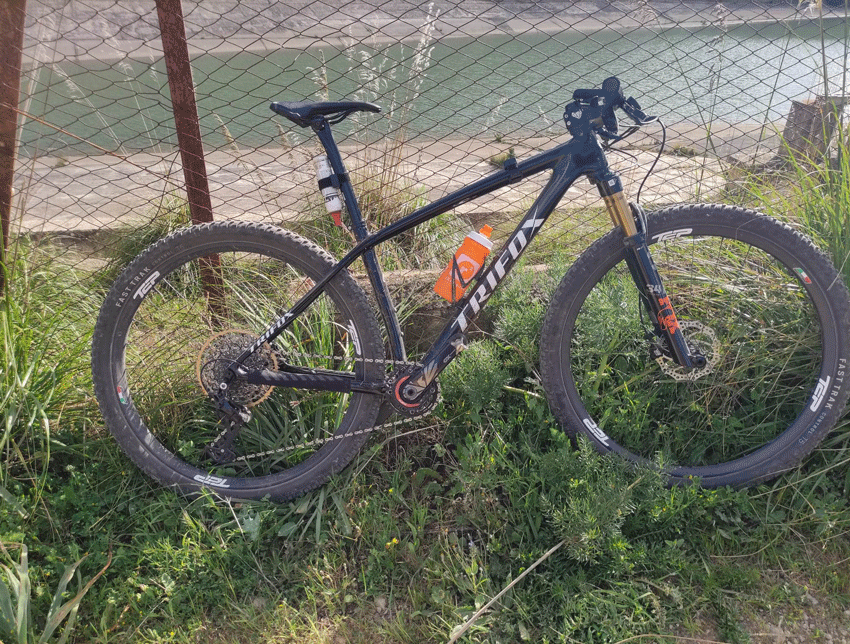
Mountain bikers know that the right equipment can make all the difference when it comes to tearing up the trails with speed and agility. That's why the SDY20 Carbon MTB Frame is such an exciting innovation for mountain bikers. With its top-of-the-line BB68 BSA bottom bracket, this frame gives bikers unbeatable control and responsiveness that will help them conquer any trail with total confidence. If you're a serious mountain biker looking for the next step up in equipment, read on to learn more about what the SDY20 Carbon MTB Frame can offer you. 1. What Makes the SDY20 Carbon MTB Frame So Great At the heart of this frame's success is the BB68 BSA bottom bracket. For those who are unfamiliar with the terminology, the bottom bracket is the part of the bike that attaches the crankset to the frame, allowing the pedals to turn and propel the bike forward. The BB68 BSA is a high-quality, durable version of this crucial component, designed specifically to improve the control and responsiveness of the bike. With the SDY20 Carbon MTB Frame, mountain bikers get a bottom bracket that's reliable, sturdy, and perfectly suited to handling even the roughest terrain. 2. Unbeatable Control on Every Trail Whether you're racing downhill at breakneck speed, tearing through technical singletrack, or grinding uphill against gravity, you need a bike that can respond quickly and smoothly to your every move. The SDY20 Carbon MTB Frame delivers on this promise, thanks to its top-of-the-line construction and attention to every detail. The bottom bracket is just one key feature; this frame also has a tapered headtube for added stability, internal cable routing for a sleeker look and more efficient cable management, and a tapered seat tube that allows for better control and maneuverability. Plus, the frame's carbon construction means it's lightweight and easy to handle, without sacrificing strength or durability. 3. Carbon MTB Frames Are the Future of Mountain Biking Carbon fiber is one of the most exciting materials in the world of cycling today, and for good reason. It's incredibly lightweight, yet strong and sturdy enough to handle even the most challenging terrain. When applied to a mountain bike frame, carbon fiber can offer the perfect combination of speed, agility, and control. The SDY20 Carbon MTB Frame is at the forefront of this trend, taking advantage of the latest developments in carbon fiber design and engineering to give mountain bikers the ultimate riding experience. 4. How to Choose the Right MTB Frame for Your Needs If you're excited about the prospect of upgrading your mountain bike with a new frame, you might be wondering what to look for when choosing the right one for your needs. Some key factors to consider include the type of riding you typically do, your skill level as a cyclist, and your budget. The SDY20 Carbon MTB Frame is an excellent choice for serious riders looking to invest in high-quality equipment that will help them push their limits and conquer any trail. However, it's not the right choice for everyone – if you're more of a casual rider or just getting started with mountain biking, there are plenty of other great frames out there that might be a better fit for you. Conclusion: The SDY20 Carbon MTB Frame is an exciting development in the world of mountain biking, offering serious riders unbeatable control, stability, and responsiveness on even the toughest trails. Whether you're a seasoned pro or just getting started with this exciting sport, investing in a high-quality MTB frame can make a world of difference in your riding experience. With the right equipment in your arsenal, you'll be able to tackle any challenge with confidence and skill. So why not give the SDY20 Carbon MTB Frame a try and see what it can do for you?
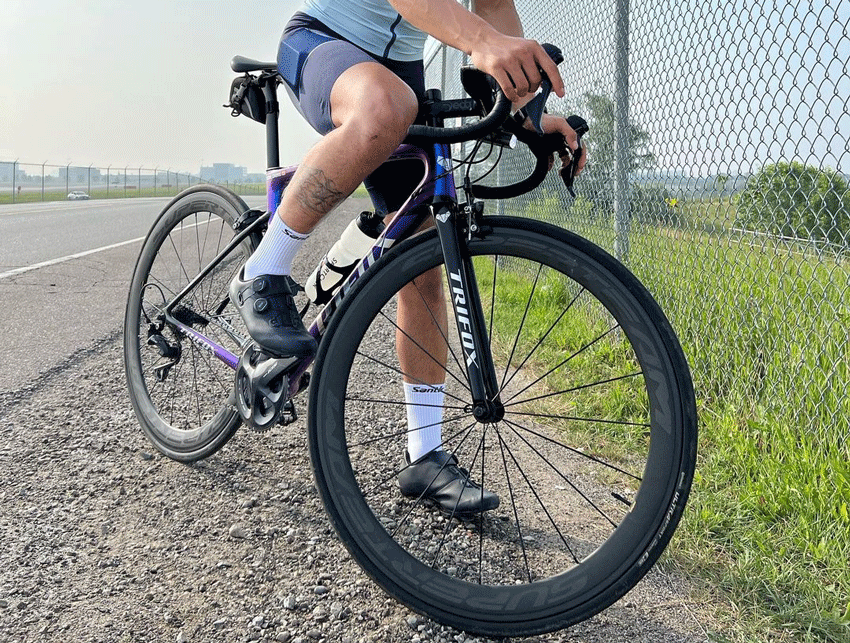
As cycling enthusiasts, we all know the importance of having a lightweight bike that can withstand the tough and challenging conditions of various terrains. The Ultra-Light Carbon Road Bike frame X16 offers just that and more. It is optimized for racing and adventure cycling, offering a comfortable and effortless ride. From its design to its color, you can live your cycling life more vibrantly than ever before. 1. Lightweight Design: The X16 is a cycling masterpiece, boasting a lightweight design that emphasizes performance. It is made from high-quality carbon materials that have been carefully tested and optimized for optimal strength and endurance. At only 700 grams, this bike is incredibly easy to ride and handle. Its lightweight design offers you the chance to ride for longer periods, without you feeling any strain on your back or legs. 2. Excellent Performance: The X16 is a race-ready bike that has been engineered to take you and your cycling to new heights. Its frame construction guarantees exceptional levels of stiffness, resulting in improved power transfer, acceleration, and overall climbing performance. With this bike, you can race on any terrain with ease, climb mountains, and conquer hills effortlessly. 3. Versatile and Vibrant: This bike comes in a range of colors that allow you to express your individuality and style. The X16 is versatile and can be used for various cycling disciplines – from road, gravel, and adventure cycling to racing and touring. Its flawless blend of style and functionality ensures that you are the center of attention and always riding in style. 4. Ergonomic Design: The bike's ergonomic design takes comfort to new levels. It is built with comfort in mind, guaranteeing that you enjoy a comfortable and controlled ride. The X16's angle, height, and size are optimized to offer riders a comfortable and familiar feel. It is built to ensure you are fresh and comfortable when you reach the finish line. 5. Affordable: The X16 is perfect for riders who are looking for an adventure-ready bike that offers excellent performance, comfort, and style. It is a highly affordable bike, considering its high-end features and quality build. You can be assured that you’re getting a value-packed bike that will help you conquer any terrain and make memories that will last a lifetime. Conclusion: The X16 is a versatile, stylish, and high-quality bike that offers riders an unbeatable experience. With its excellent features and affordable cost, you can elevate your cycling experience to new heights. You cannot go wrong with this race-ready bike! Its exceptional performance, vibrancy, and comfort make it the perfect choice for anyone who wants to live their life in color. Whether you’re looking to compete, explore or tour, the X16 has got you covered. Get yours today and start living your cycling life in color!
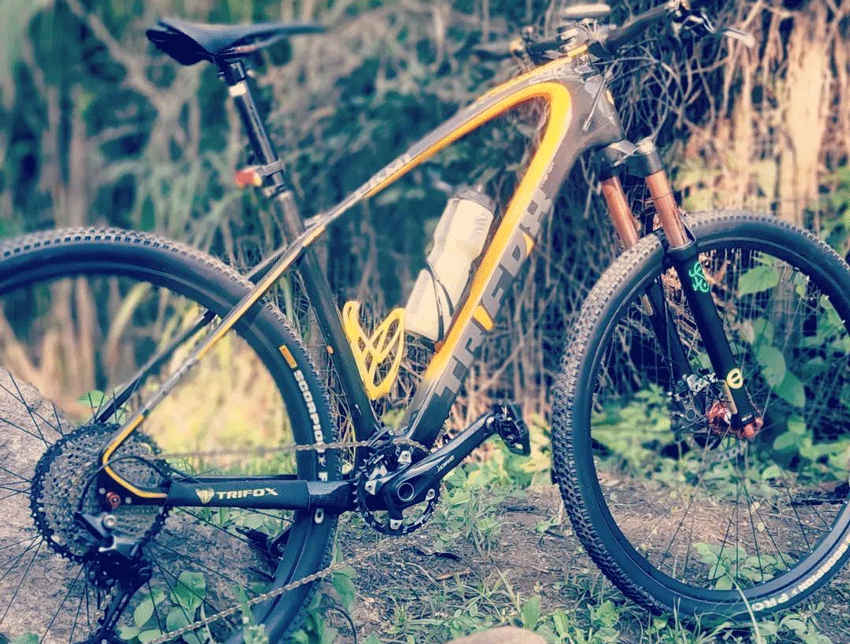
If you're in the market for a new mountain bike frame, look no further than the 29er Carbon hardtail mtb frame MFM200. This frame is the perfect choice for those seeking the ultimate bike to tackle any trail. Equipped with some of the newest and most advanced features, like its lightweight carbon fiber construction and sleek geometry, this bike is sure to provide the ultimate ride. Carbon Fiber Construction The 29er Carbon hardtail mtb frame MFM200 is built out of high-grade carbon fiber. This material offers great strength and rigidity while keeping the weight down, which is a paramount factor in the construction of a bicycle frame. Carbon fiber frames are incredibly strong and durable, meaning they can stand up to the most intense cycling conditions. These frames are also a favorite among professional cyclists due to their ability to absorb shocks, thus providing a smoother ride. Sleek Geometry Geometry and frame size play a significant role in how a bike feels on the trail. The MFM200 is built with a geometry that enhances its performance on any terrain. The frame design features a short, steep headtube for quick handling and steering. It also has a longer top tube for increased stability on technical sections of the trail. The combination of these features creates a smoother ride overall, with precise control and the ability to navigate rough terrain with ease. Performance Boost It's no secret that carbon fiber bikes have become the gold standard for performance. The 29er Carbon hardtail mtb frame MFM200 is no exception. Despite being lighter than its aluminum counterpart, it still offers exceptional durability and stiffness. It also has the added advantage of absorbing shock, which can be incredibly useful when hitting rough sections of the trail. Cycling on a carbon frame often feels faster due to its lightweight nature. Durability The MFM200 is built to last. It's made of the highest-grade carbon fiber, which is incredibly strong and stiff. It is engineered to withstand all sorts of harsh conditions, from rough rocky terrain to muddy and wet trails. Carbon is a material that doesn't corrode, meaning it won't rust. It's also a lot easier to clean than other materials. In conclusion if you're looking for a lightweight and strong mountain bike frame, the 29er Carbon hardtail mtb frame MFM200 is an excellent choice. With its advanced features and sleek design, you'll have a bike that can handle any trail you throw at it. Whether you're a professional cyclist or a weekend warrior, this frame will provide a smooth and comfortable ride that will make your cycling experience all the more enjoyable. So go ahead and take the leap of faith, you won't regret it.
Click to view our full suspension bikes assembled by Trifox Bike.
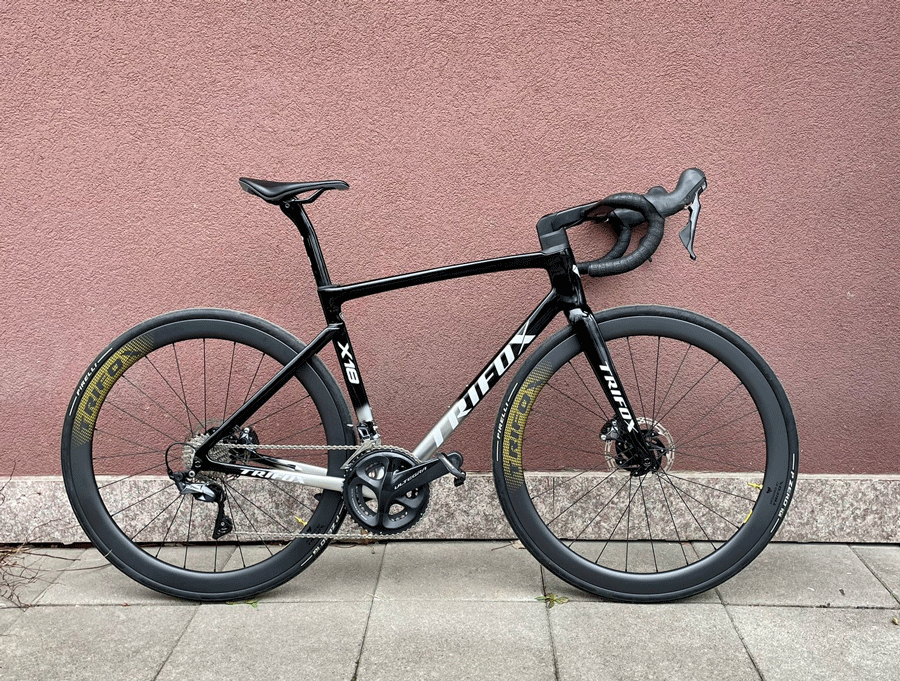
If you are into biking, then you must know the importance of a cassette hub. A cassette hub is the central part of a bicycle wheel, providing a smooth ride while also transferring power from the rider's pedals to the wheels. It is an important component for a cyclist to have a comfortable riding experience. But, do you know everything there is to know about a cassette hub? In this blog post, we will go in-depth about cassette hubs and understand how it plays a vital role in cycling. 1. What is a Cassette Hub? Before we dive deep into cassette hubs, let us first understand what it is. A cassette hub is a central component of any bicycle wheel that attaches to the axle and holds the cassette, which houses the different gears. It contains an internal body, which lets you change the gears with the shifter while you are cycling. The cassette hub itself contains ball bearings, impacting the bike's speed, comfort, and maneuverability. 2. Components and Types of Cassette Hub Cassette hubs come in various types, and they differ in the number of gears, the number of spokes, and the size of the axle. The most common cassette hub types are 8-speed, 9-speed, 10-speed, and 11-speed hubs. The number of gears in cassette hub also determines the degree of versatility in the bike. In addition to the number of gears, the cassette hub's components include the body, free hub, pawls, driver mechanism, seal, and bearings. All of these components play an essential role in ensuring a smooth and comfortable ride. 3. Benefits of a Cassette Hub Cassette hubs have numerous benefits, making them a popular choice among pro cyclists and biking enthusiasts worldwide. Some of the primary benefits are that the cassette hub can be easily removed for maintenance, it provides a smooth and efficient ride, and it can accommodate different gear ratios to suit various riding needs. Maintenance is also easier since you can quickly change the cassette to replace the damaged or worn-out parts. The cassette hub also improves bike performance, and the power transfer from the pedal to the wheel is effective and quicker. 4. How to Maintain Cassette Hub Cassette hub requires maintenance to keep them from wearing out too fast, compromising your bike's performance. Here's a maintenance tip you can use to extend the lifespan of your cassette hub. Firstly, clean the cassette hub regularly to prevent dirt and mud from clogging the bearings. Secondly, lubricate your cassette hub often to reduce friction. Lastly, check the cassette for wear regularly, replace the parts if necessary. Conclusion: In conclusion, a cassette hub is a vital component of your bike wheel that can significantly impact your cycling experience. Understanding how it works and how best to maintain it is crucial for improving the performance of your bike and extending the lifespan of the cassette hub itself. With the tips we have discussed here, you are now better equipped to make the most of your biking experience with a cassette hub.
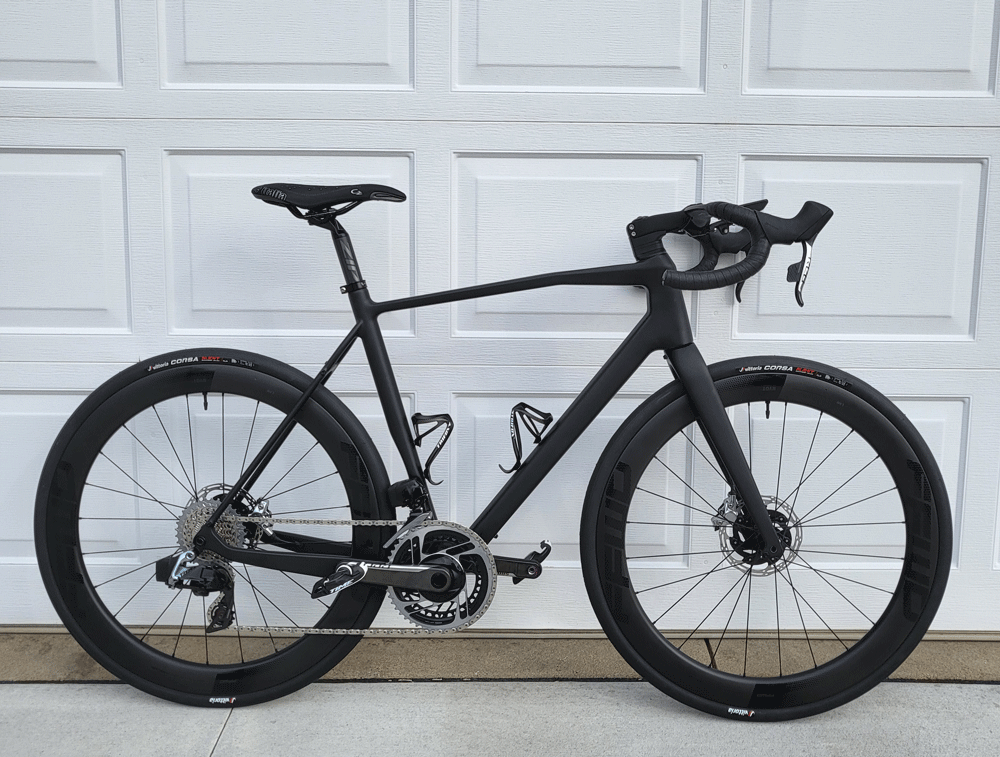
When it comes to selecting a frameset for a road bike, you have many options. Two of the most popular choices are aluminum and carbon fiber. But, how do you know which one is ideal for you and why? In this blog post, we will provide detailed information comparing aluminum road bike frameset vs carbon fiber frameset, including their pros and cons. 1. Weight One significant difference between aluminum road bike frameset and a carbon fiber frameset is their weight. Carbon fibers are incredibly lightweight, around 30% lighter than aluminum. A lighter frame means you can ride faster and more efficiently by putting in less effort, making it an ideal choice for competitive rides. Aluminum frames, on the other hand, are relatively heavier, but still lighter than steel frames. They are relatively strong and durable and able to handle more significant wear and tear. 2. Durability The frame's durability depends on its quality and material. Arranging carbon fibers correctly provides more strength and stiffness to the frame, making it tougher, more durable, and less susceptible to wear and tear. Carbon fiber framesets, when cared for, can withstand years of use and abuse. They are perfect for long-distance rides as they can absorb road vibrations. On the other hand, aluminum bike frames are generally less expensive than carbon fiber. While they may not be as durable as carbon frames, they have been a popular choice for many years among riders. They can handle more significant wear and tear, making them ideal for city riding or to get around rough terrain. 3. Comfort When it comes to road bikes' overall comfort, the material of the frameset plays a vital role. Carbon fiber frames tend to absorb road vibrations better, offering a smoother ride. They can be more forgiving on long-distance or rough rides. On the other hand, aluminum frames are not as shock absorbent, which can make for a bumpier ride. This can be a problem for long-distance cyclists. 4. Cost One significant difference between aluminum and carbon fiber framesets is their cost. Carbon Fiber Framesets are generally more expensive than Aluminum framesets due to their cost of production and the material's limited availability. Aluminum continues to offer a relatively affordable way to build a high-performance frame priced under $2,000, making it easier for riders to build a custom bike within their budget. Conclusion: Choosing the right frameset is critical when it comes to selecting the ideal road bike for you. While aluminum and carbon fiber framesets have their pros and cons, both materials are excellent choices for constructing road bikes. Carbon fiber framesets are known for their lightness, durability, and comfort, making them a favorite among many road bike enthusiasts. However, if you're on a tight budget or prefer a tougher, more durable bike, aluminum framesets are an excellent option to pursue. At the end of the day, the frameset material that best suits your riding style depends on your budget, preferences, and priorities - what suits another rider may not work for you. To ensure you make the right decision, consult with experts before making a final choice.
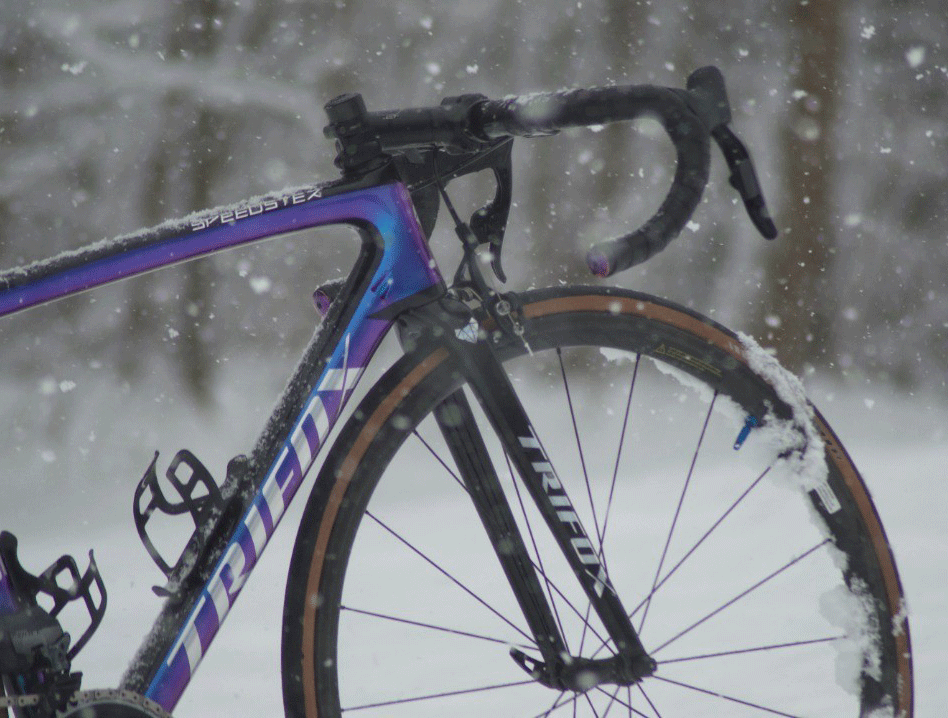
Fixed gear bikes are becoming more popular among cycling enthusiasts. This type of bike does not have a freewheel mechanism, which means that the pedals are connected to the rear wheel at all times. One unique component of fixed gear bikes is the fixed gear hub. In this blog, we’ll take a closer look at this vital component and why it makes fixed gear bikes such a joy to ride. 1. Anatomy of a Fixed Gear Hub A fixed gear hub is made up of several parts, including the hub shell, the lockring, and the track or threaded cog. The hub shell houses all the other components and is attached to the wheel axle. The lockring is threaded onto the hub and prevents the cog from coming loose. The cog is then attached directly to the hub, making the pedals and rear wheel work together as one. 2. Unique Riding Experience Riding a fixed gear bike with a fixed gear hub is a unique experience because of the continuous contact between the pedals and the rear wheel. This means that when the pedals turn, the wheels turn too. This can make it easier to accelerate and maneuver your bike, and you’ll feel a greater connection to your bike when you’re riding. 3. Simple Maintenance Another benefit of having a fixed gear hub is that it is relatively easy to maintain. There are fewer moving parts than on other types of bike hubs, and there are no cables or gears to worry about. A properly maintained fixed gear hub will provide you with years of reliable performance. 4. Versatility Fixed gear hubs are also versatile, allowing you to switch between different gear ratios by simply changing out the cog. This makes it easy to adjust your gear ratio based on your fitness level or the terrain you’re riding on. You can even have multiple cogs and swap them out according to your needs. 5. Aesthetic Appeal Finally, fixed gear hubs add a sleek, clean look to your bike. The lack of cables and gears gives the bike a minimalist appearance. Plus, you can customize your bike by choosing different colors and finishes for your hub. Conclusion: The fixed gear hub is an essential component of fixed gear bikes. It adds a unique riding experience, requires simple maintenance, and provides versatility when it comes to gear ratio. It also gives your bike a sleek and minimalist look, making it a popular choice among cycling enthusiasts. Whether you’re fiercely competitive or simply love riding bikes, the fixed gear hub can provide you with an unforgettable experience.

Are you looking to upgrade your bike and improve your cycling performance? You might want to consider investing in a disc wheelset. Disc wheelsets have become increasingly popular in the cycling community due to their numerous benefits. From improved aerodynamics to better stability, a disc wheelset can make a significant difference in your cycling experience. 1. What is a disc wheelset? A disc wheelset is a type of bicycle wheel that has a solid cover that surrounds the rim. Typically made from carbon fiber or plastic, the cover provides a smooth, aerodynamic surface. Unlike traditional spoked wheels, disc wheelsets are designed to reduce wind drag, which helps cyclists ride faster. Disc wheelsets are available in various sizes and styles to fit different types of bikes. 2. Benefits of a disc wheelset for cyclists: Disc wheelsets come with various benefits that can significantly improve your cycling performance. One of the most significant advantages is aerodynamics. The solid cover of the disc wheelset is designed to lower wind drag, allowing you to ride faster with less effort. Another benefit of disc wheelsets is their stiffness and stability. This is because disc wheels are often constructed from high-strength materials such as carbon fiber. This makes them stronger and more resistant to deformation than traditional spoked wheels. As a result, disc wheelsets offer better stability, especially when riding at high speeds or corners. 3. How to choose the right disc wheelset Choosing the right disc wheelset can be a confusing process, especially considering the variety of options available. When selecting a disc wheelset, it is important to consider the type of riding you do and your cycling goals. If you are a triathlete or a time trial rider, you might want to consider a deeper, more aerodynamic disc wheelset. However, if you are a road racer, a shallower disc wheelset that provides better stability might be a better fit for you. It is also crucial to make sure that the disc wheelset you choose is compatible with your bike's frame and brake system. 4. How to maintain a disc wheelset To keep your disc wheelset in top condition, you need to maintain them regularly. One of the most important steps is to regularly inspect the disc wheelset for signs of damage or wear. Check the disc cover for cracks or dents, ensure that the spokes are tight, and make sure the rim is true. It is also important to clean your disc wheelset frequently to prevent buildups of dirt and grime that can damage the components. You can use a soft cloth or sponge to clean the cover and spokes and a special cassette cleaning tool to clean the hub and cassette. Conclusion: If you are looking to upgrade your bike and improve your cycling performance, a disc wheelset can be an excellent accessory to consider. By investing in a disc wheelset, you can enjoy improved aerodynamics, better stability, and a faster ride. However, before making any purchase, it is important to consult with a cycling professional to choose a disc wheelset that suits your riding style, goals, and bike frame. With regular maintenance and proper care, your disc wheelset can last for many years and provide you with endless miles of smooth, effortless riding.




